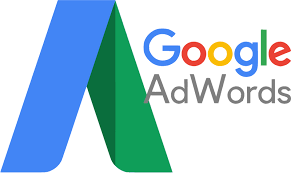Your brand is how you present your business to the world. It’s more than a selling tool: it’s the face you put on the brilliant thing you’ve built. It should be beautiful. Even if you’re not a professional designer, following these tips for your next flyer, menu, ad, or anything else can seriously spruce up your image.
Font Choices
There are two primary kinds of fonts: serif and sans serif. The serif in both of those is the small, often curly line at the end of line strokes. This distinction is small, but very important.
The original purpose of serifs is unclear, but many designers believe they help guide the eye down a line of text. As a result, they’re frequently used for body text and in newspapers. They also convey a stately, refined appearance that makes them popular with newspapers, banks, and the federal government.
Sans serifs are just that: without serifs. Their clean, minimal appearance is ideal for large formats, which is why all American highway signage uses them. They convey modernity and sleekness, which is why the iPhone, Facebook, and PayPal logos all use Sans Serif fonts.
As a general rule, stay away from novelty fonts like Curlz MT or Papyrus; they convey both a lack of design knowledge and an element of cheese that’s hard to escape. The same applies to Comic Sans.
Art Choices
If you’re choosing art for your web site, menu, sign, or anything else, it pays to do it custom. A local artist or graphic designer will almost always get you better art than the clip art available in your word processor, or from an image search on Google. But if you must pinch pennies, keep a few key things in mind:
- Overly cartoony clip art often looks childish, old-school, and out of touch. Stick to geometric shapes or very realistic art, and try to avoid clip art of people.
- When doing an image search, set the filters to “Allow for reuse.” You can find lots of great stock photos that only require credit, with no fee!
- Bright colors might light up your life, but they can dim your customer’s impression of you. Proceed with caution.
Writing
If you do nothing else with your writing, do this: proofread. Many a small business is easily embarrassed by confusing “there” and “their,” using quotation marks “for emphasis” instead of “for a quote,” and other common missteps.
For writing content – like blogs, Facebook updates, and the like – avoid things like ALL CAPS and excessive exclamation points!!!!!! unless something is very important. Used too casually, such a tone can appear overenthusiastic at best, and clueless at worst. All caps, in particular, is commonly associated with novice internet users.
And you’re not a novice. You’re a professional.



